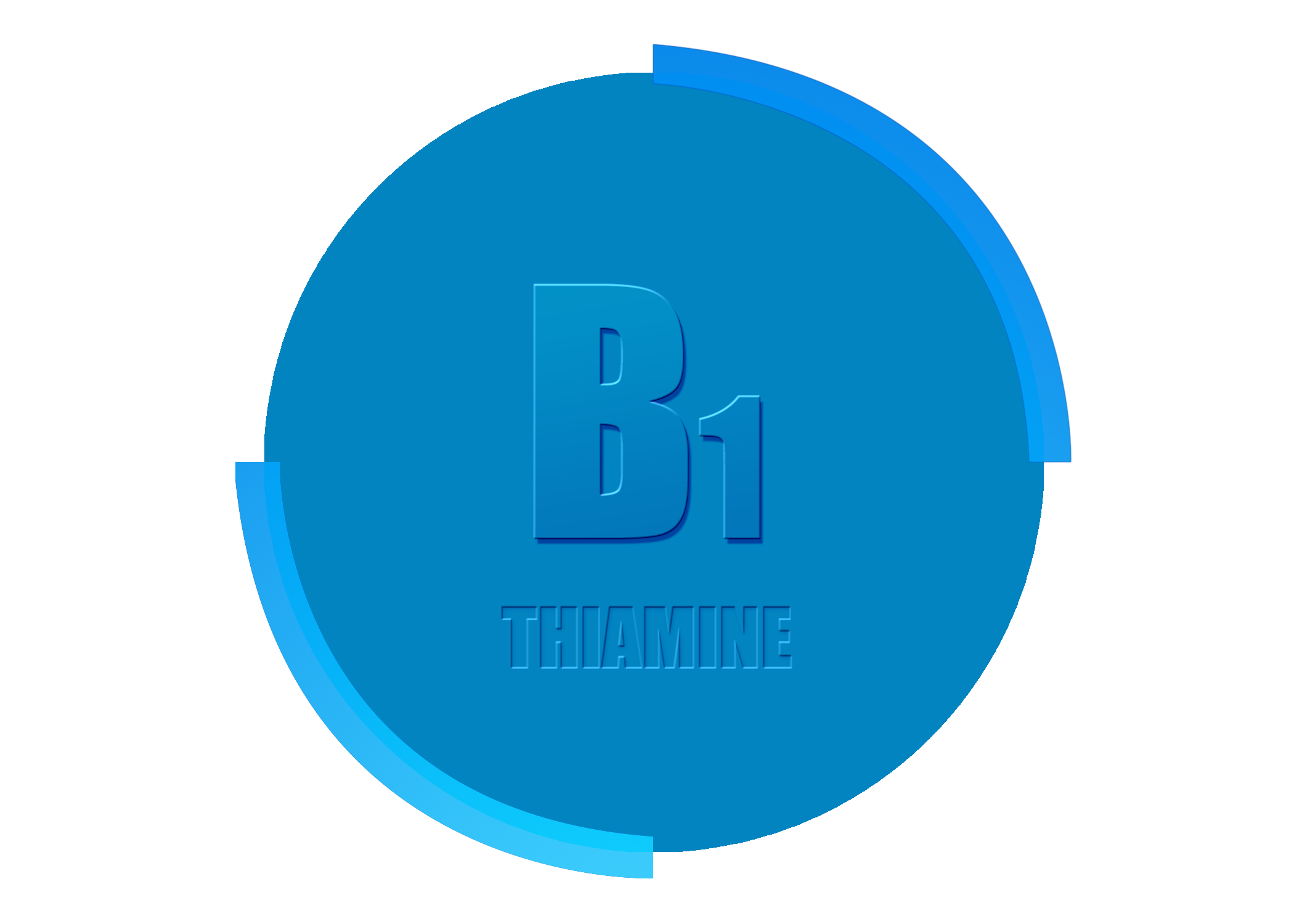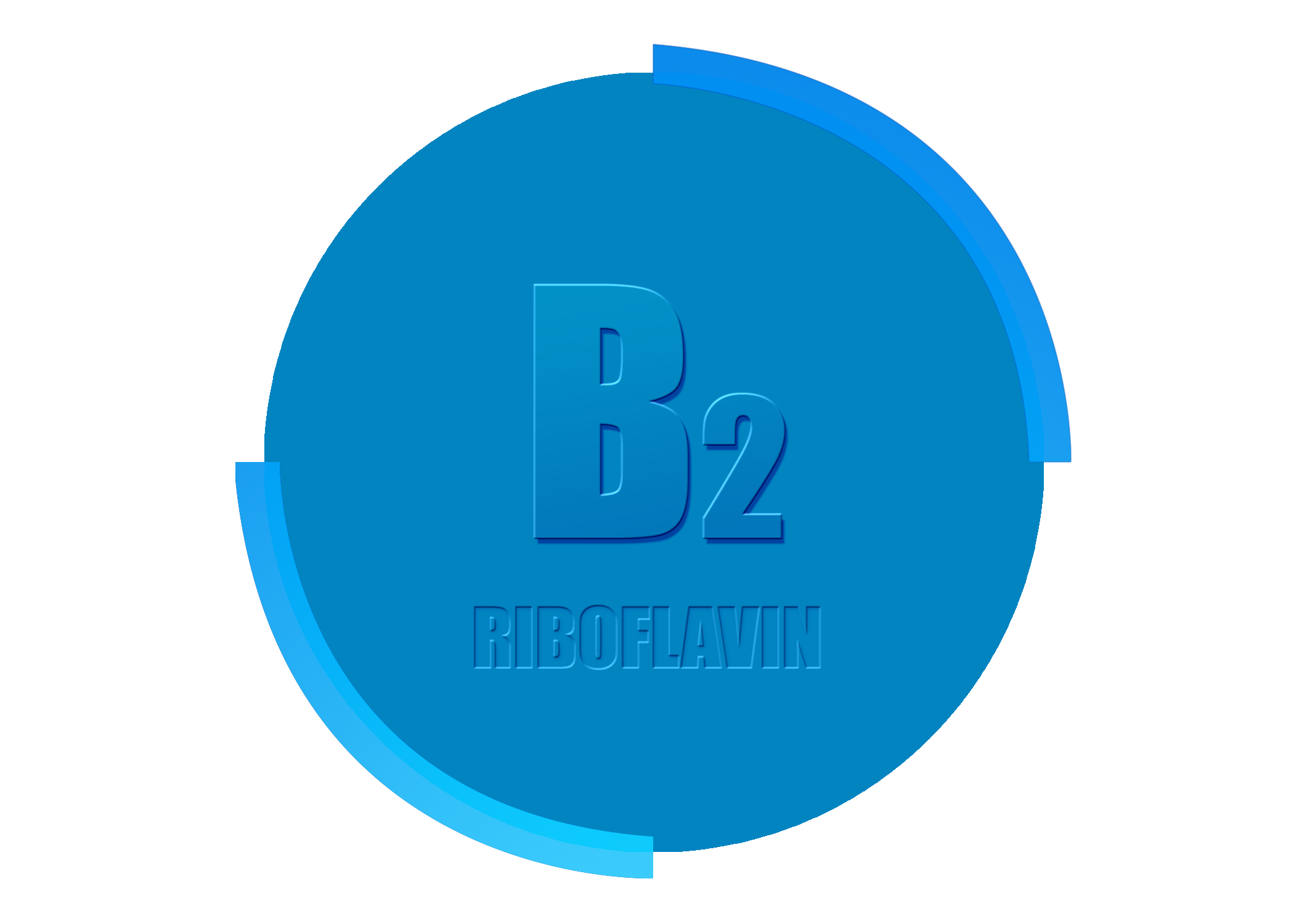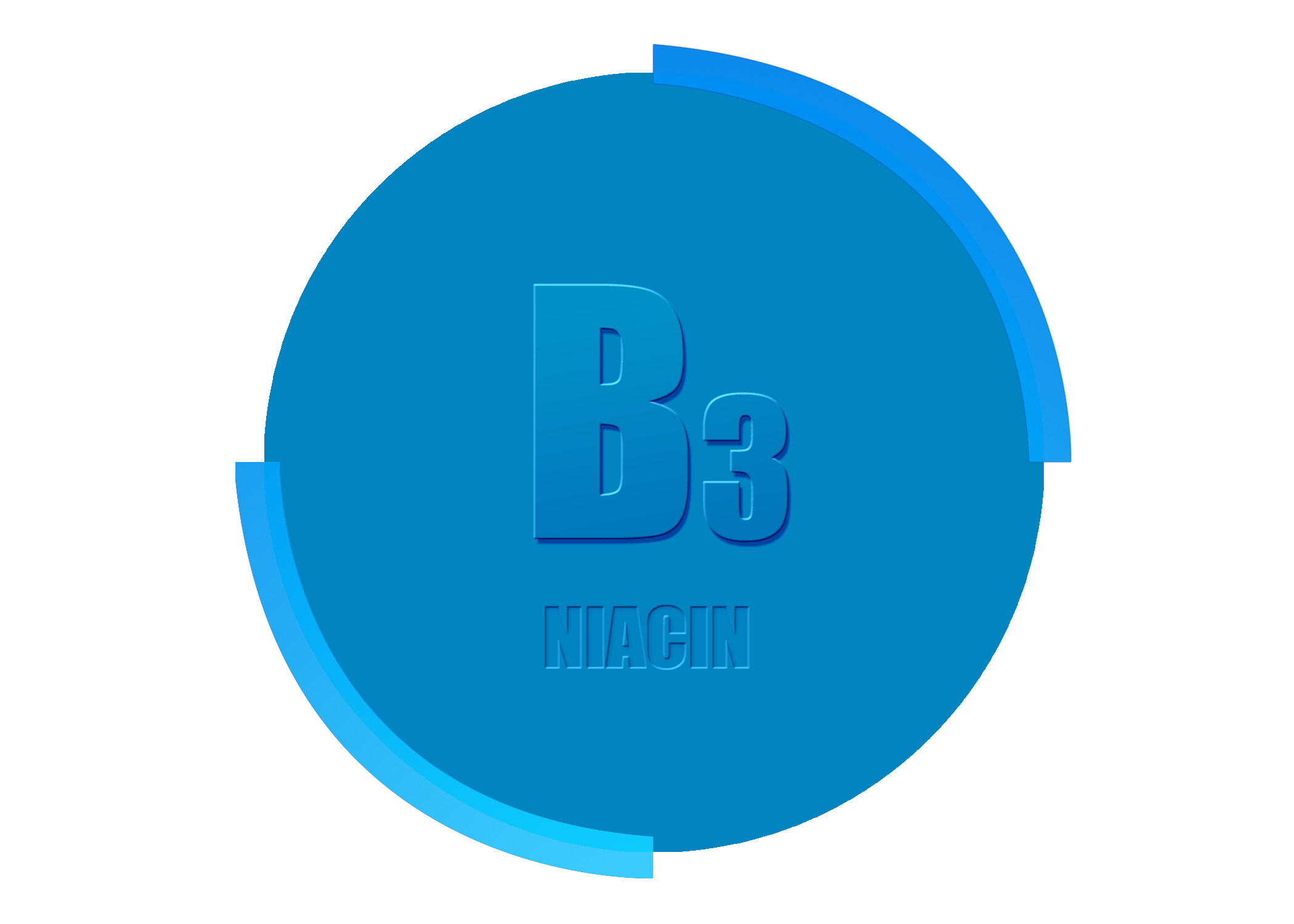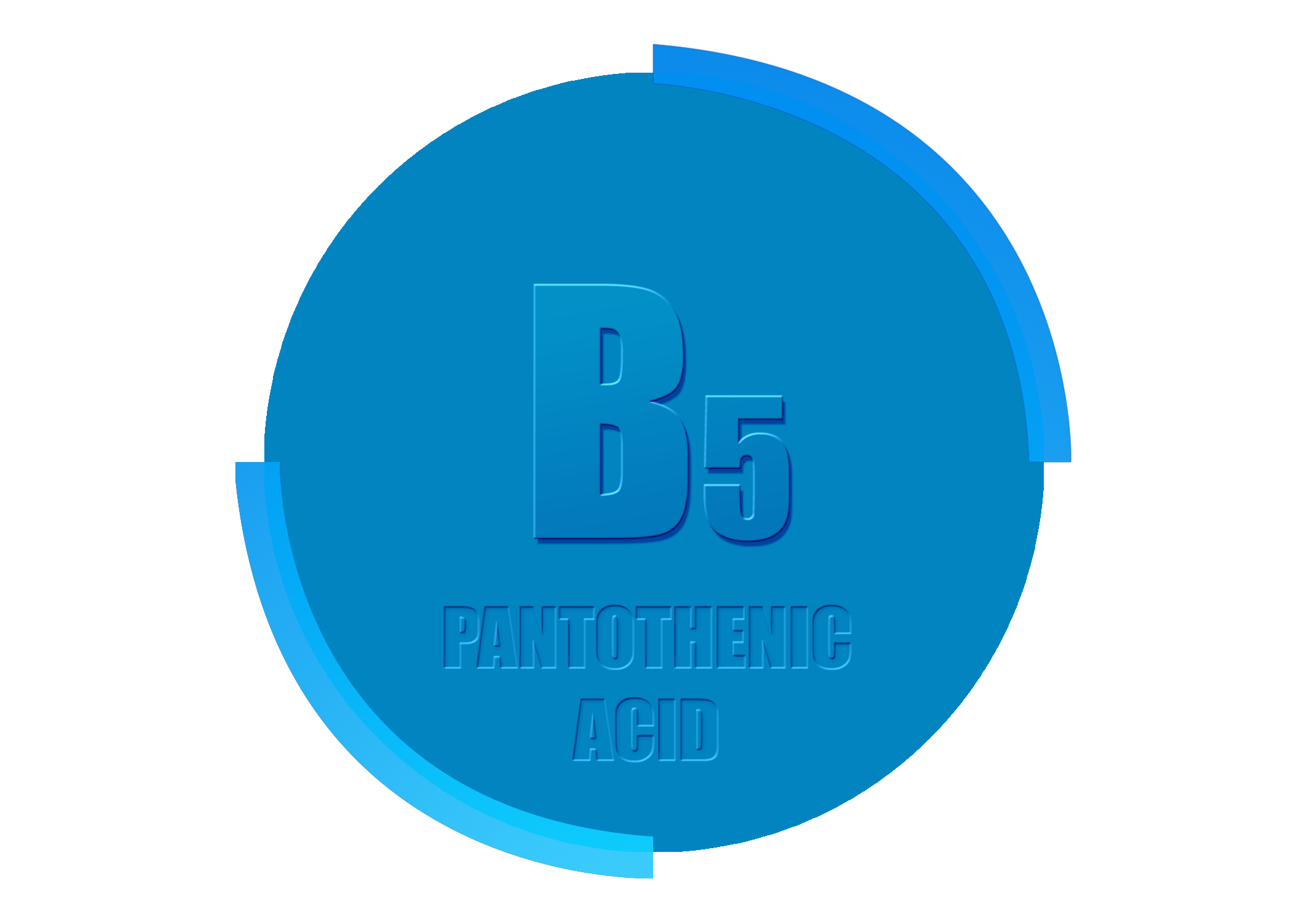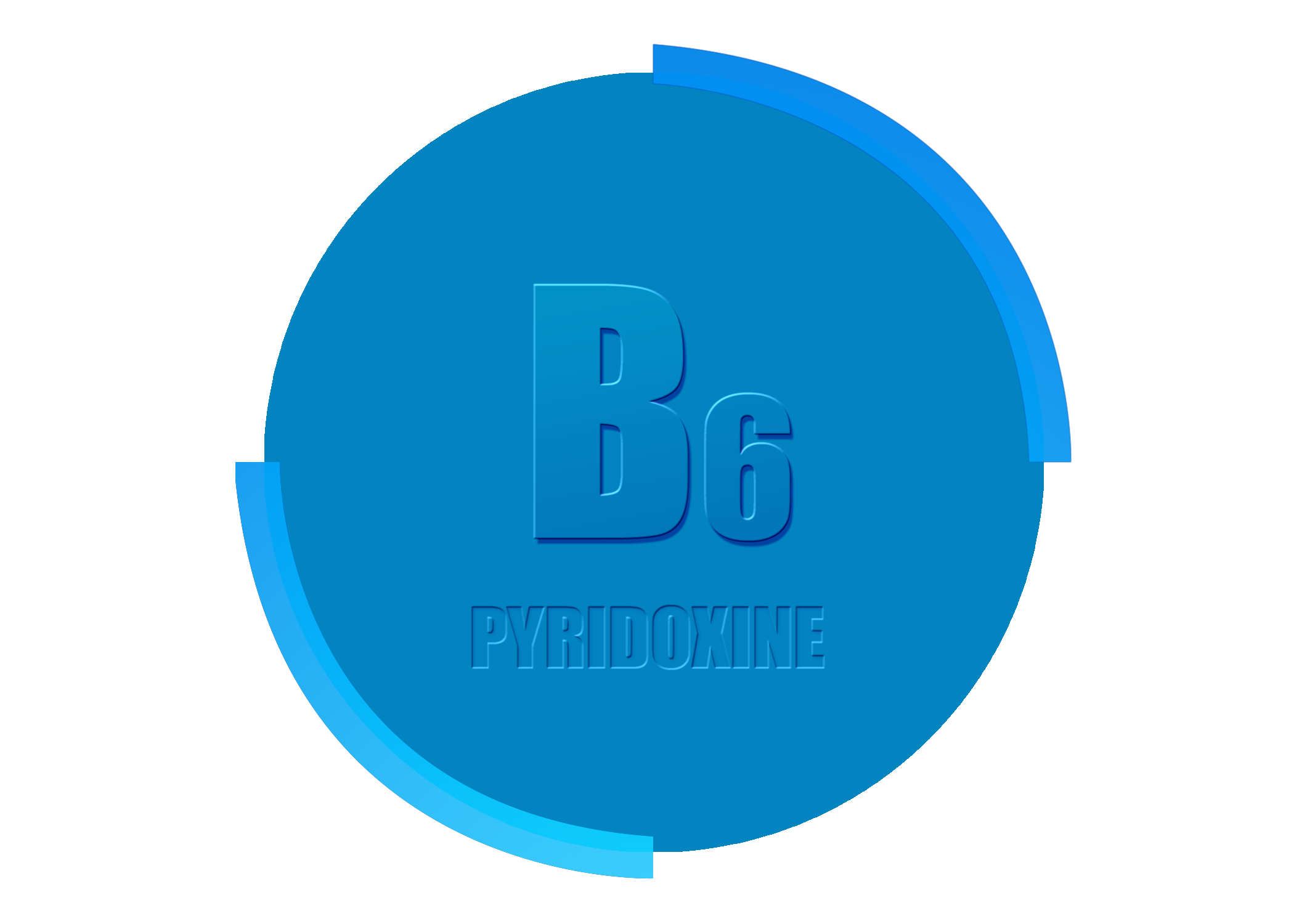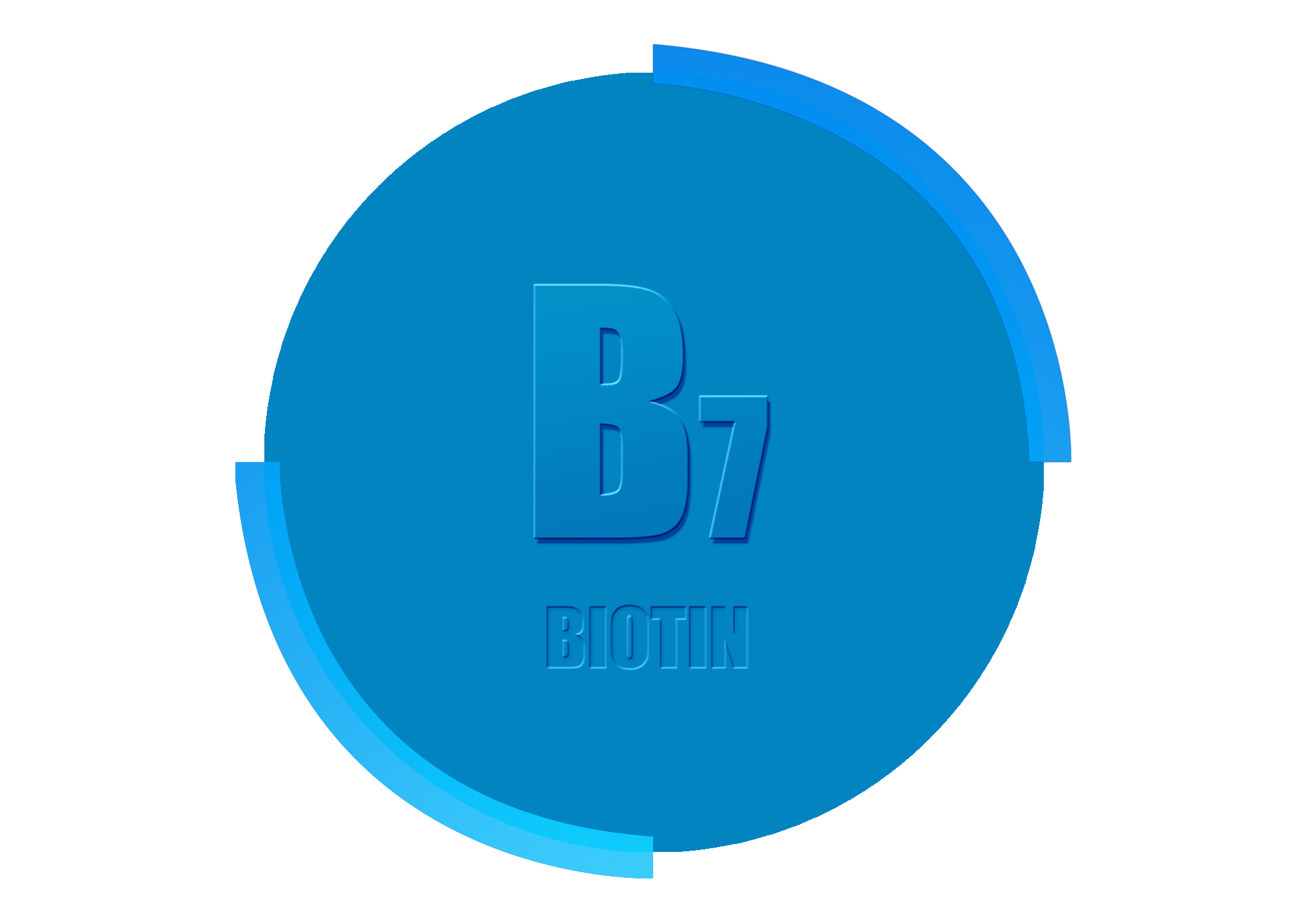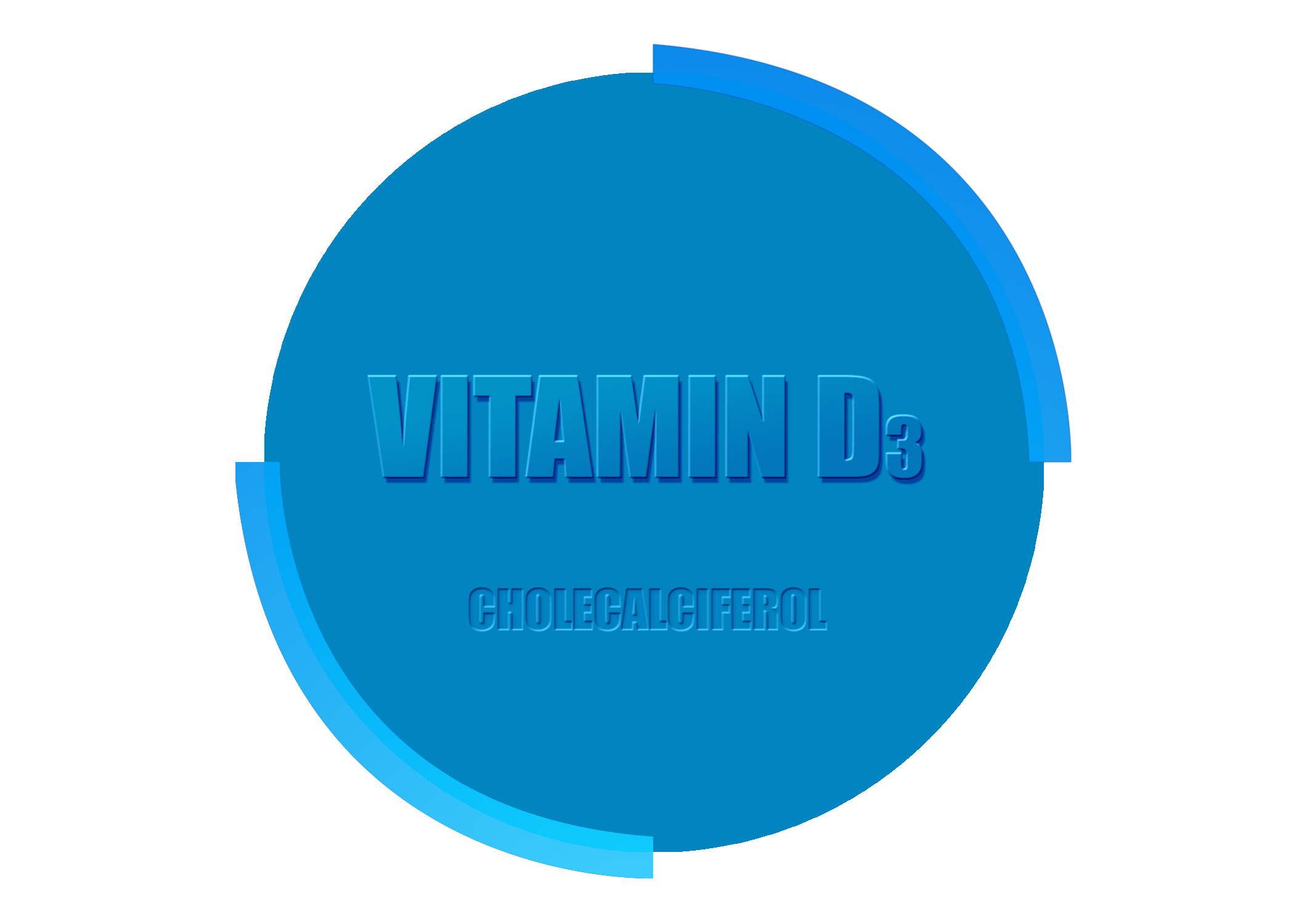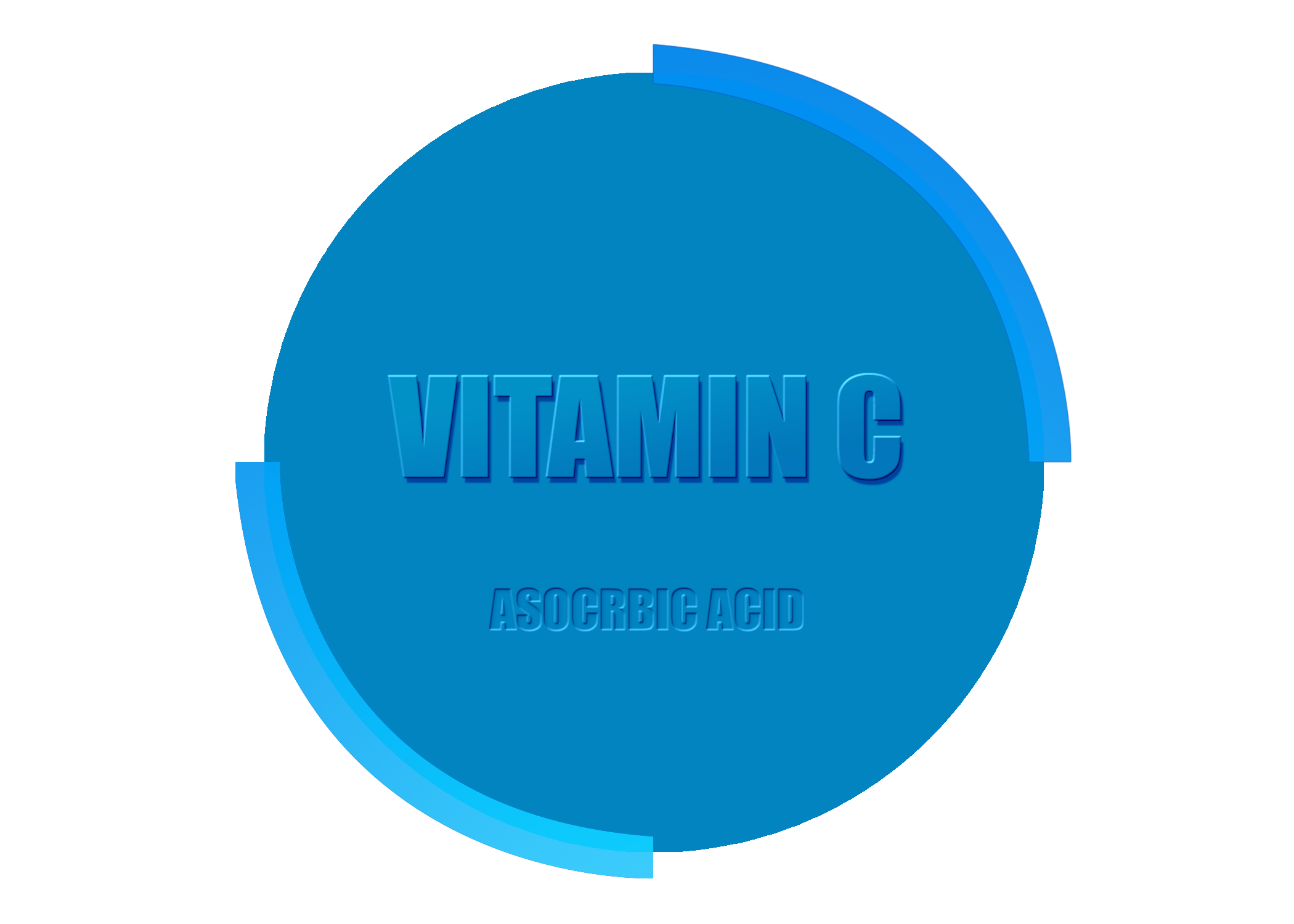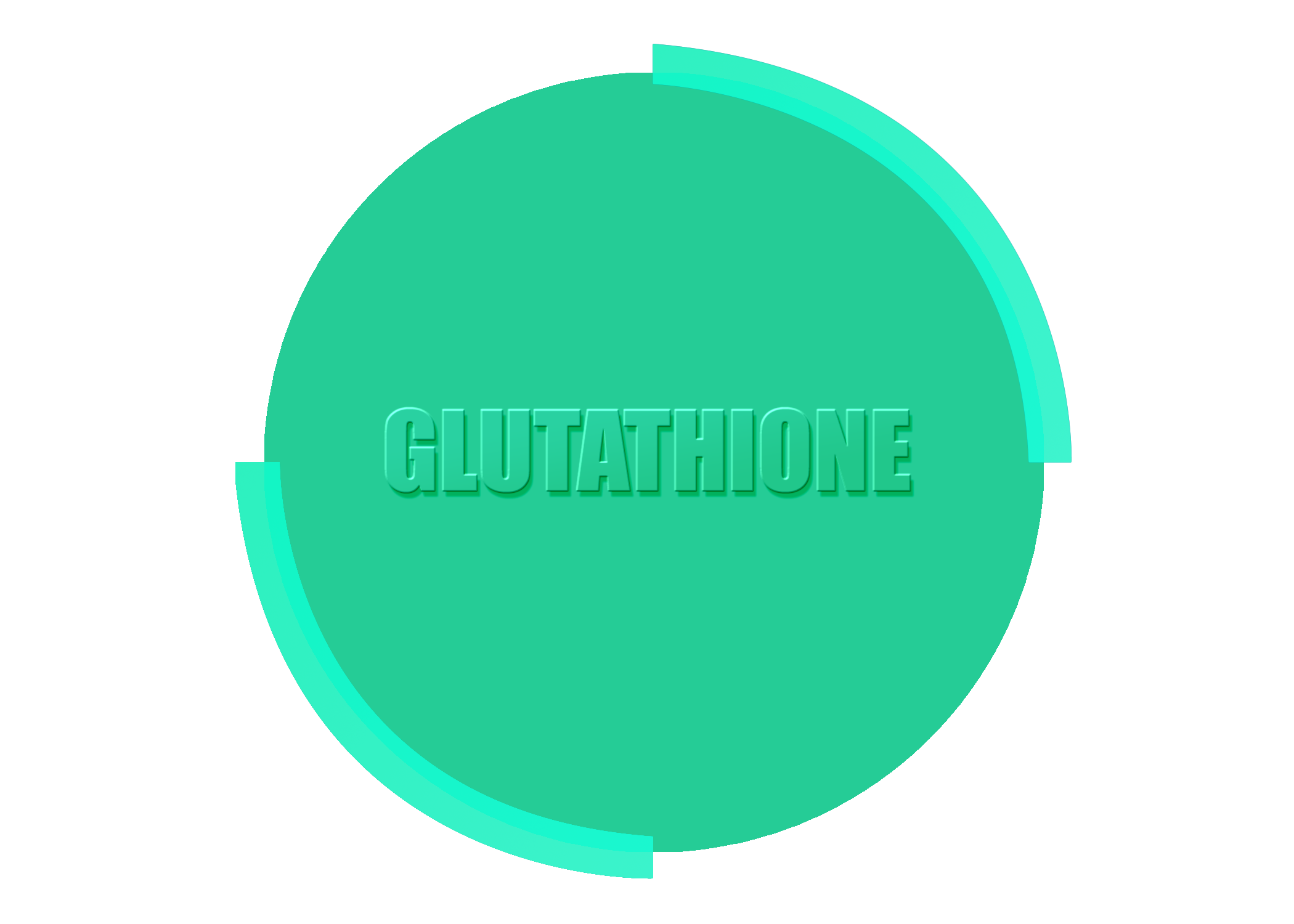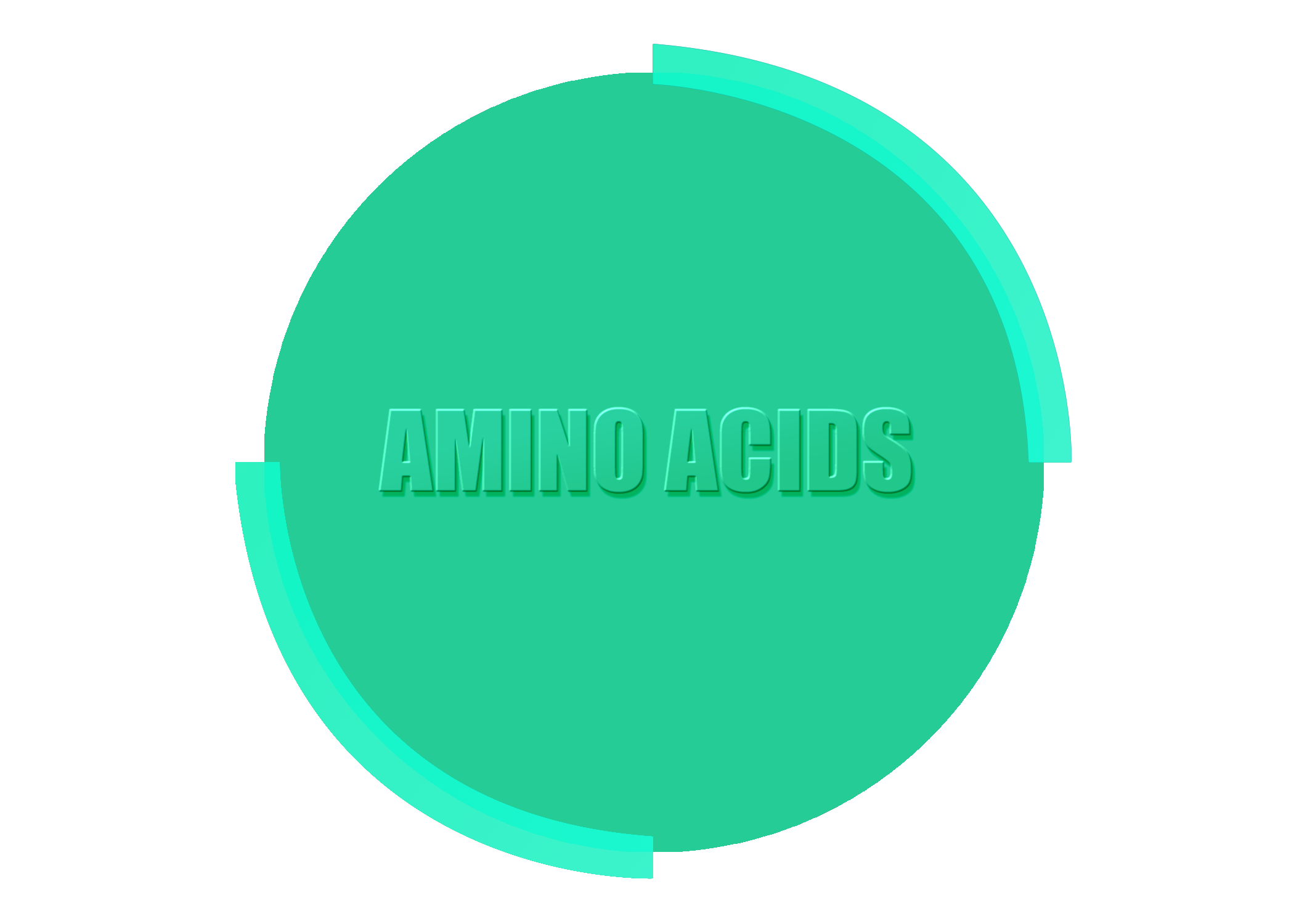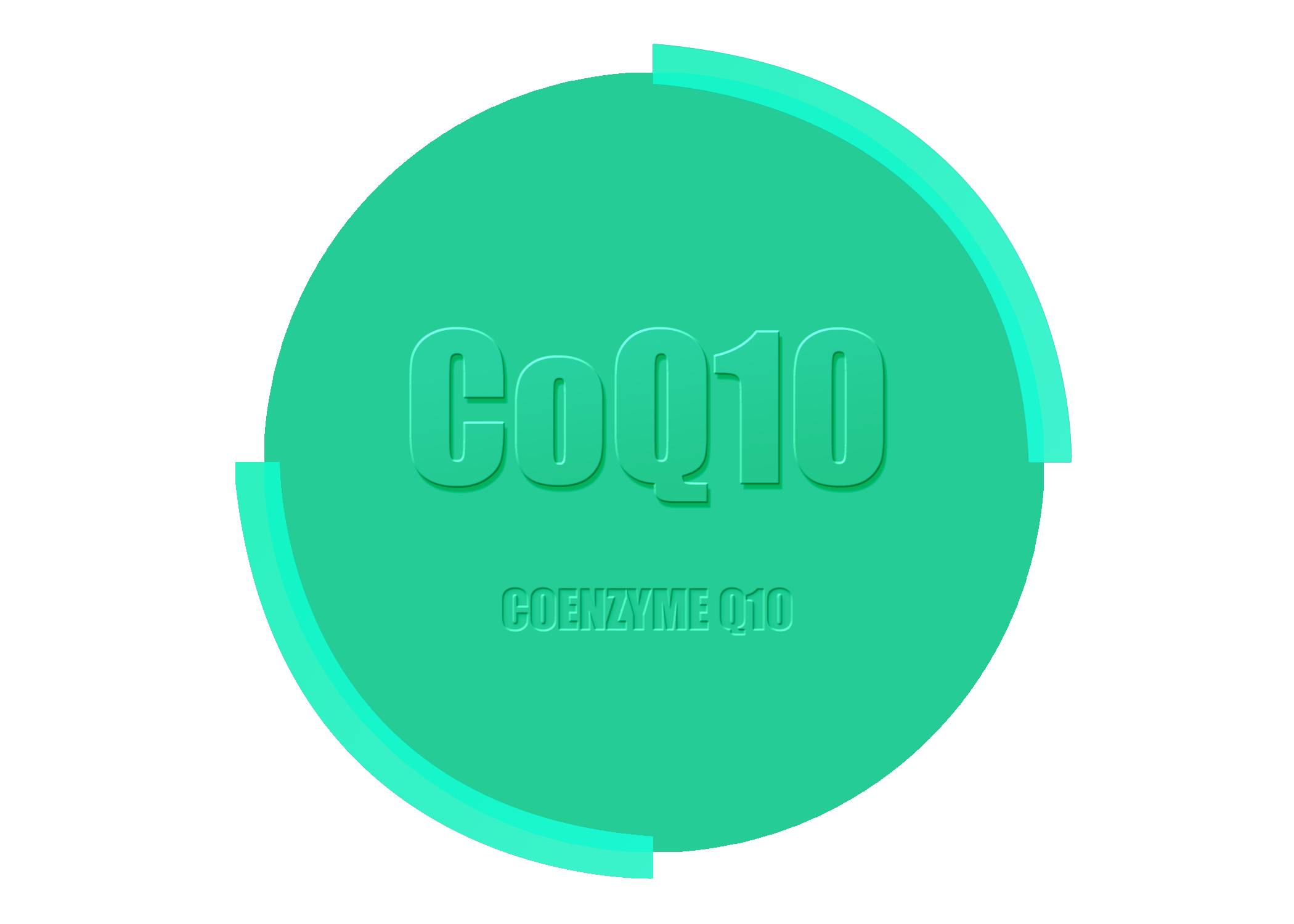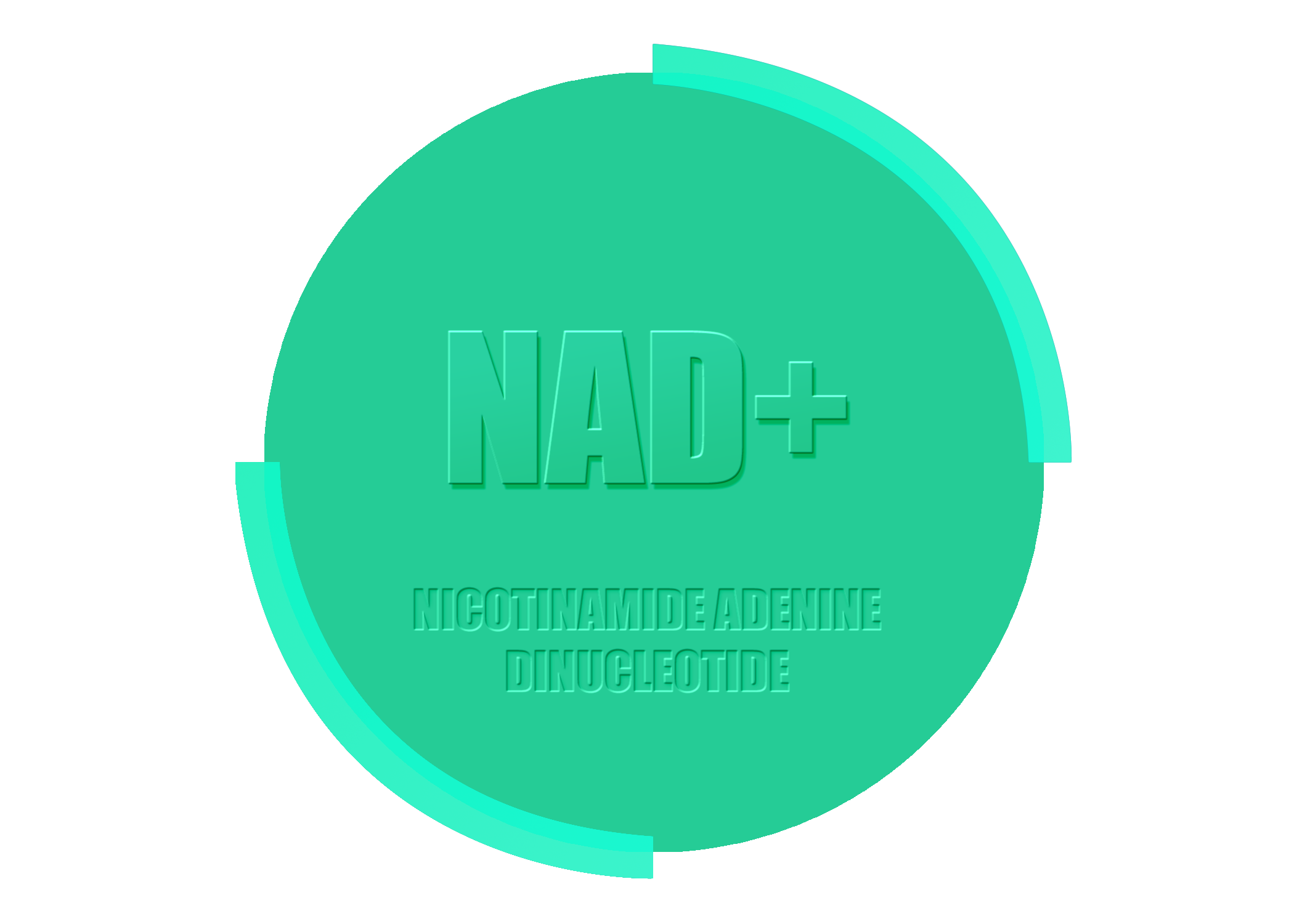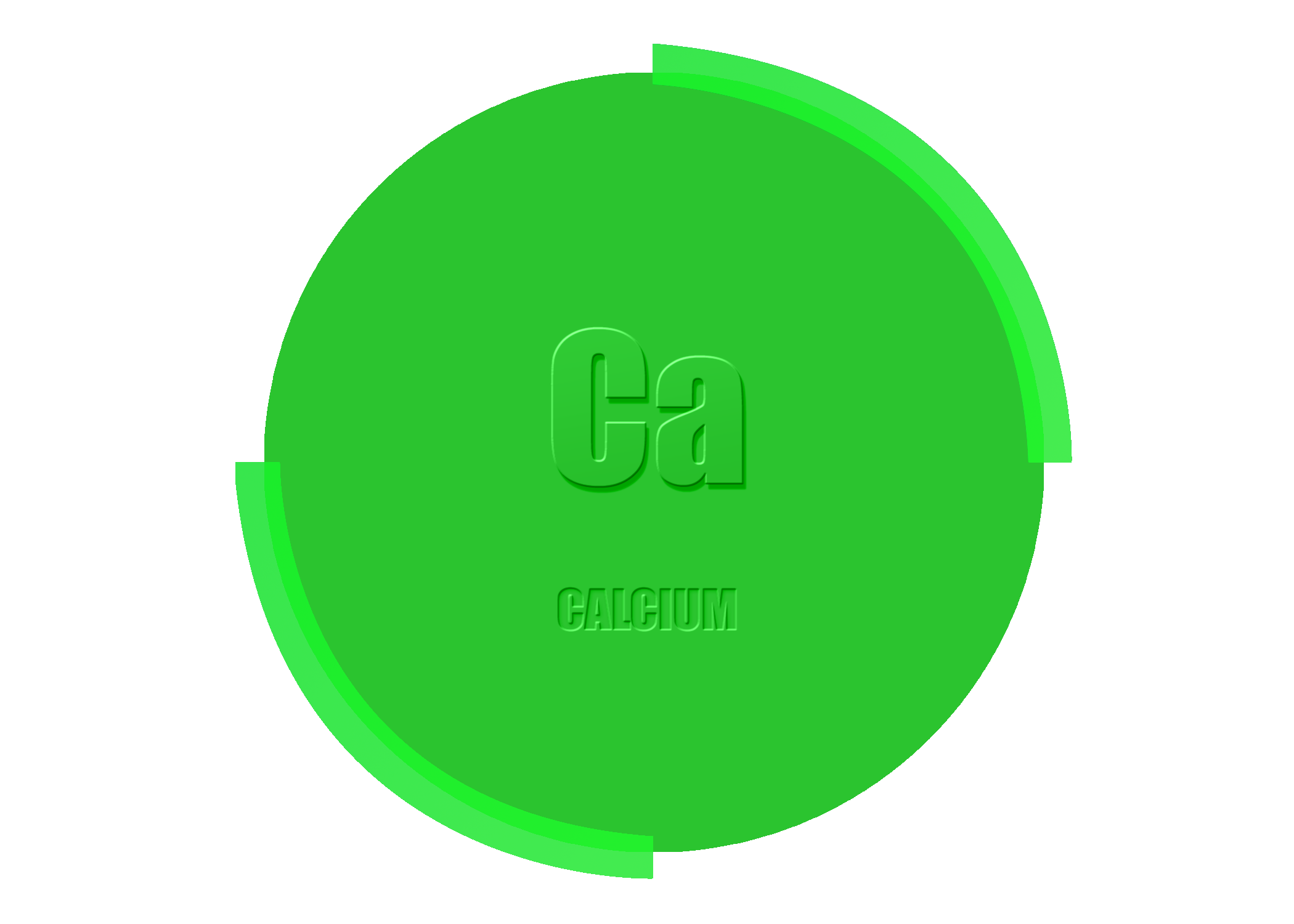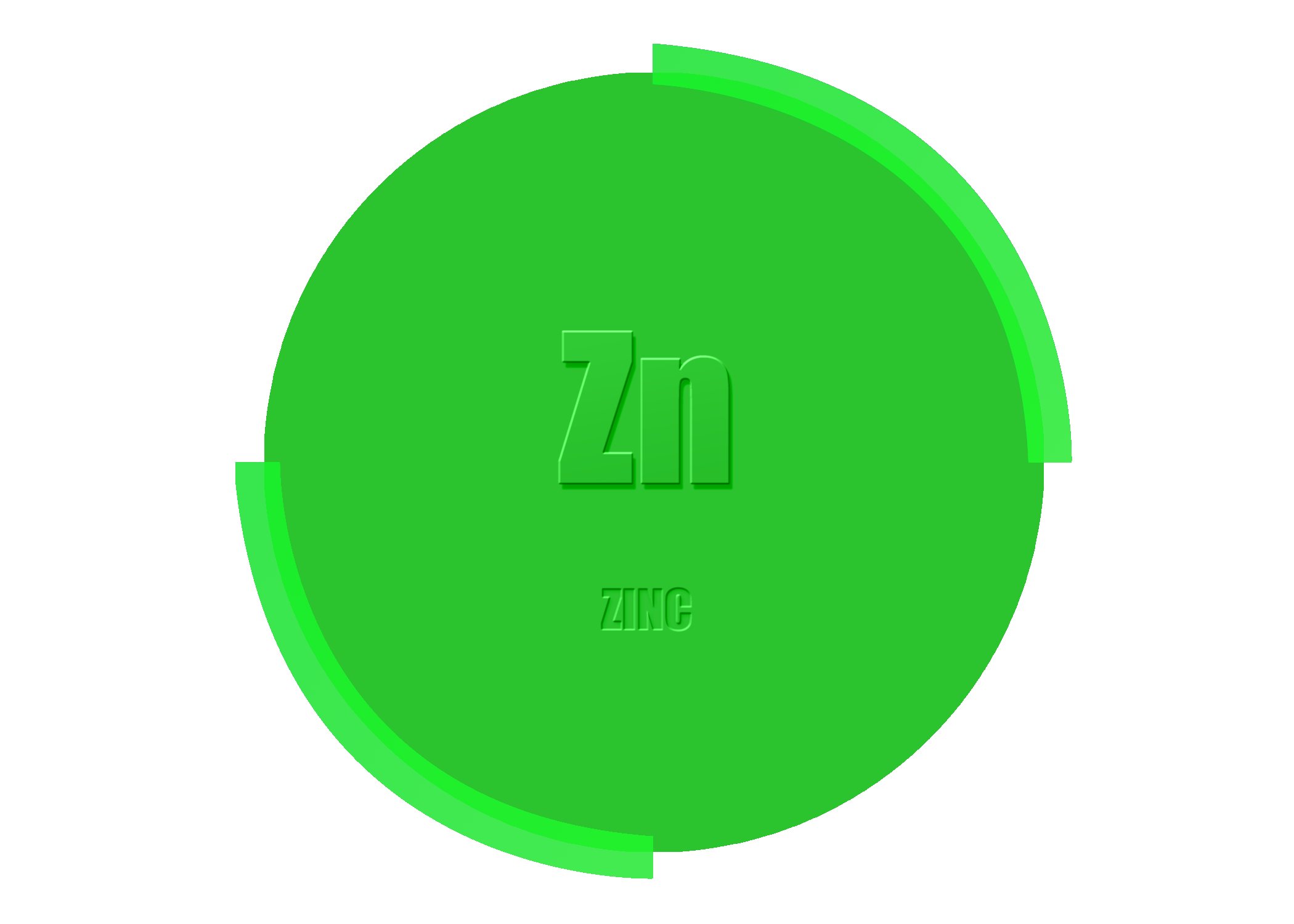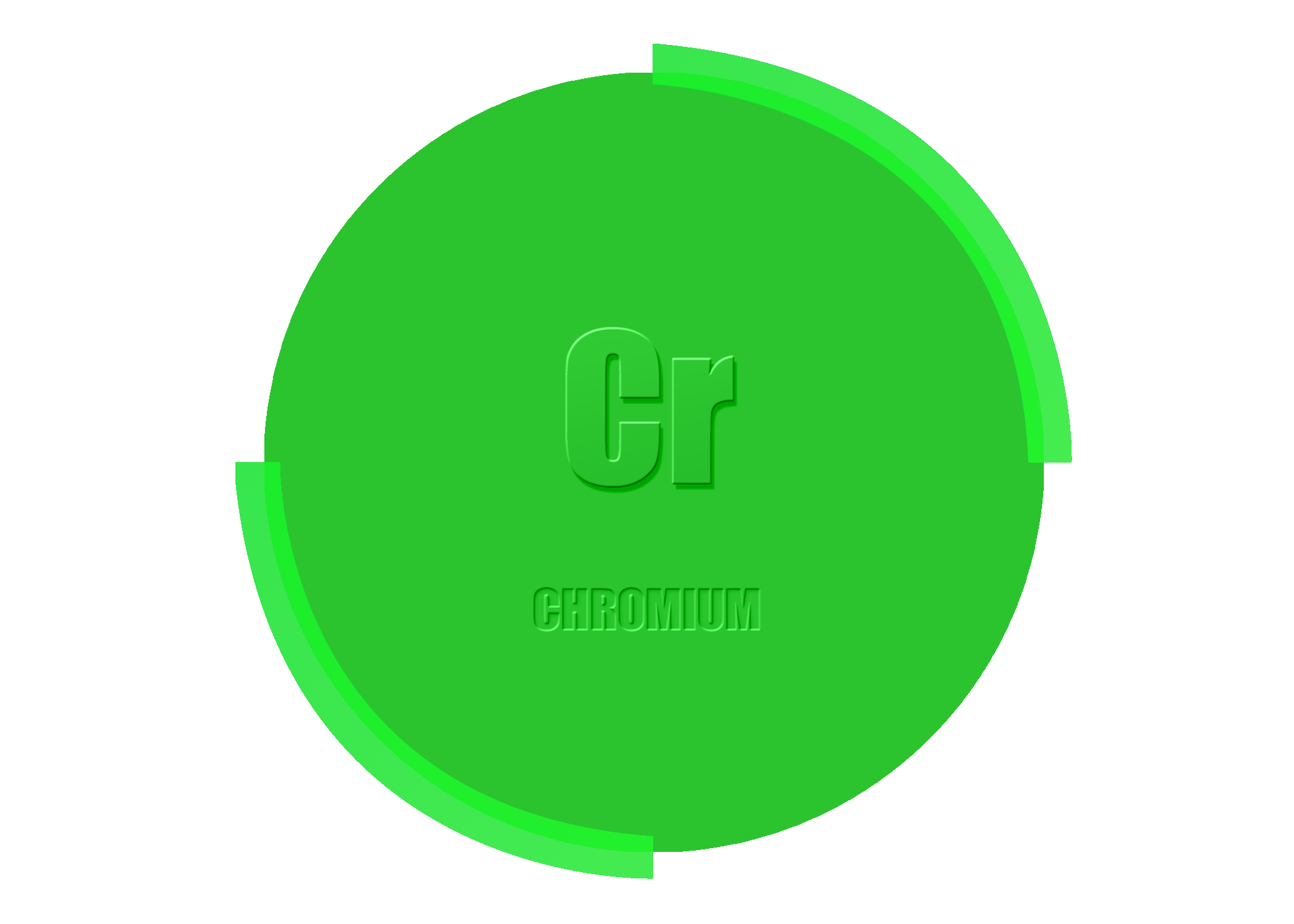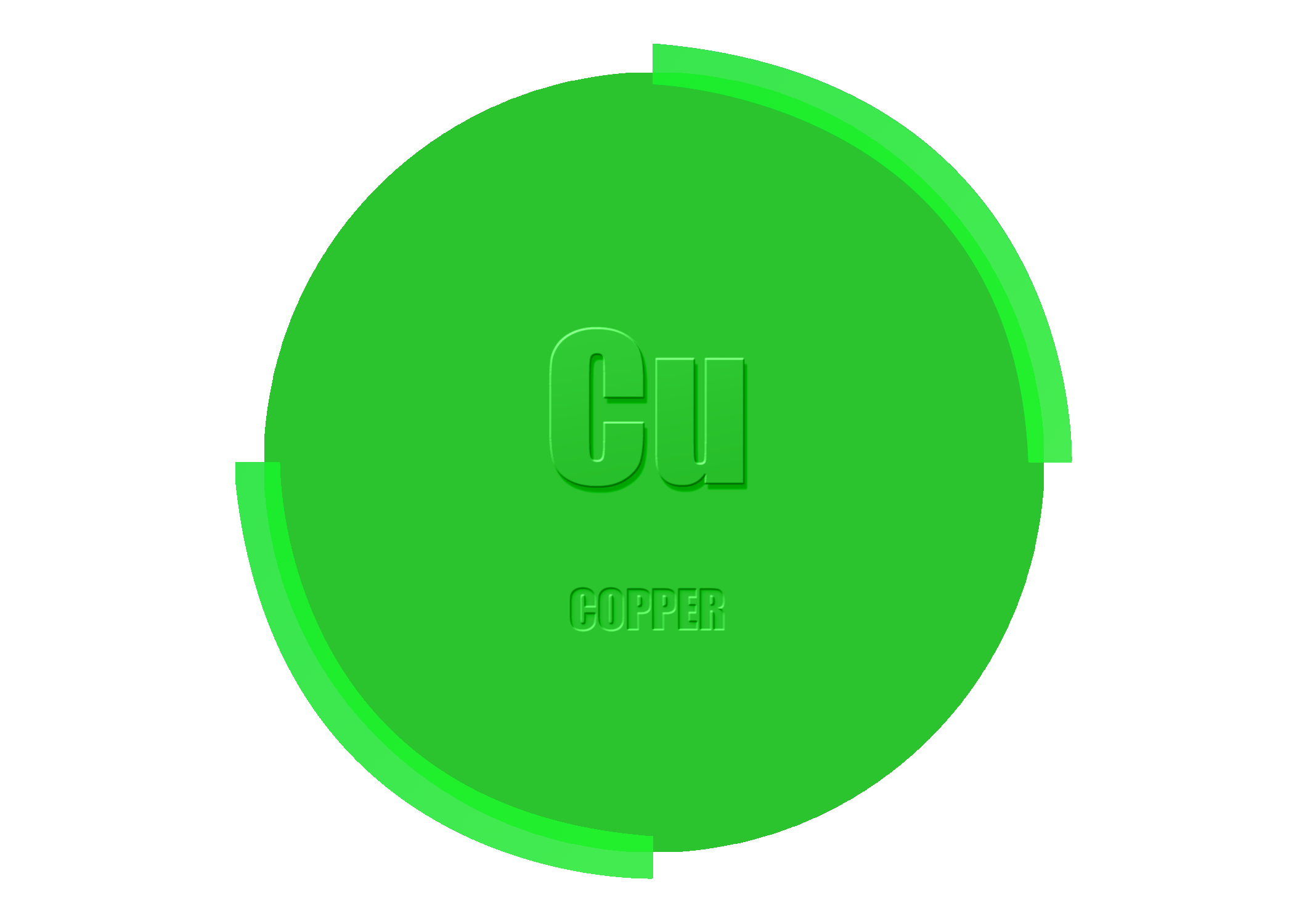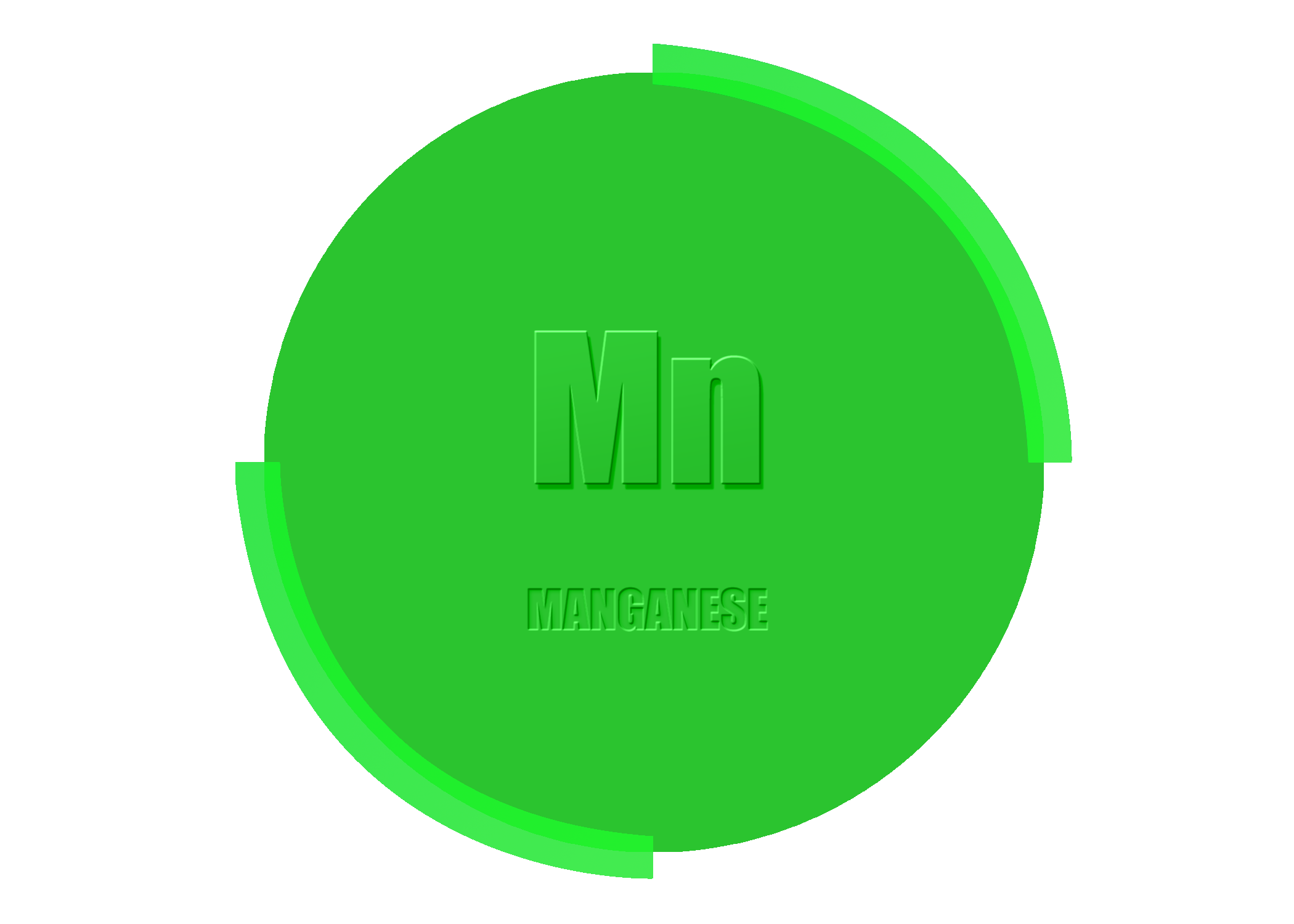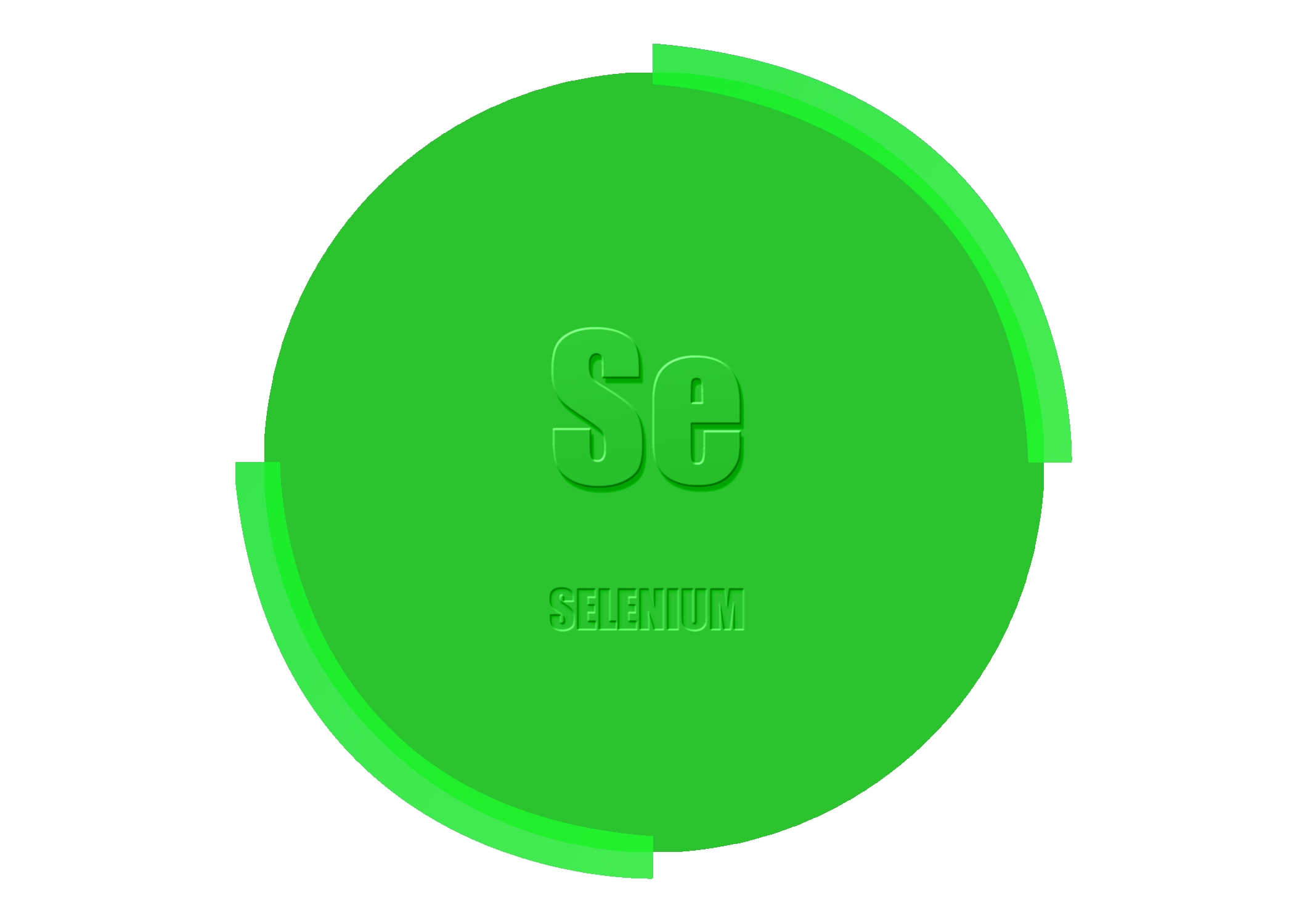
Our Ingredients
We stand behind only the best for our clients.
The medications we may prescribe for you are sourced only from vetted, licensed and FDA regulated compounding pharmacies that adhere to current Good Manufacturing Practice standards to ensure quality and safety. Our ingredients are non-synthetic, non-GMO, gluten-free and made and distributed in the U.S.
Vitamin B1
Thiamine is delivered in our B Complex formula. The human body cannot synthesize B vitamins on its own, yet they are essential to maintain energy production, DNA/RNA synthesis and repair, and synthesis of many neurochemicals. Deficiencies typically come from excessive consumption of alcohol, diets without dairy or meat based foods, high consumption of processed foods, impaired storage in the liver or malabsorption in the GI tract. Thiamine is sourced from yeast, legumes, pork, brown rice and whole grains. Thiamine is denatured in high pH or temperatures so cooking, canning, baking and pasteurization will destroy thiamine. Intravenous B Complex avoids barriers to GI absorption and skips first pass metabolism making it 100% bioavailable for use.
Thiamine plays an important role in energy metabolism, immunity and nervous system functioning. It can help combat neurologic complications, neurodegenerative disorders, some cardiovascular disorders and help avoid type 2 diabetes.
Vitamin B2
Riboflavin is delivered in our B Complex formula. The human body cannot synthesize B vitamins on its own, yet they are essential to maintain energy production, DNA/RNA synthesis and repair, and synthesis of many neurochemicals. Deficiencies typically come from excessive consumption of alcohol, diets without dairy or meat based foods, high consumption of processed foods, impaired storage in the liver or malabsorption in the GI tract and some seizure medications. Riboflavin is sourced from eggs, mild, meats, fish, greens, yeast and enriched foods. Intravenous B Complex avoids barriers to GI absorption and skips first pass metabolism making it 100% bioavailable for use.
Riboflavin is a powerful antioxidant and plays a vital role in the production of red blood cells, maintaining healthy eyes, nervous system and skin while boosting metabolism.
Vitamin B3
Niacin is delivered in our B Complex formula. The human body cannot synthesize B vitamins on its own, yet they are essential to maintain energy production, DNA/RNA synthesis and repair, and synthesis of many neurochemicals. Deficiencies typically come from excessive consumption of alcohol, diets without dairy or meat based foods, high consumption of processed foods, impaired storage in the liver or malabsorption in the GI tract. Niacin is sourced from yeast, meats (especially liver), grains, legumes, treated corn and seeds. Intravenous B Complex avoids barriers to GI absorption and skips first pass metabolism making it 100% bioavailable for use.
Niacin plays a critical role in proper nervous and digestive system functioning. It is necessary for energy production and metabolism of fatty acids. It also contributes to healthy skin, nails and hair.
Vitamin B5
Pantothenic acid is delivered in our B Complex formula. The human body cannot synthesize B vitamins on its own, yet they are essential to maintain energy production, DNA/RNA synthesis and repair, and synthesis of many neurochemicals. Deficiencies typically come from excessive consumption of alcohol, diets without dairy or meat based foods, high consumption of processed foods, impaired storage in the liver or malabsorption in the GI tract. Pantothenic acid is sourced from egg yolk, liver, kidney, broccoli, chicken, beef, potatoes and whole grains. Intravenous B Complex avoids barriers to GI absorption and skips first pass metabolism making it 100% bioavailable for use.
Pantothenic acid is essential for healthy development of the central nervous system. It is also involved in energy production through the development of amino acids, blood cells, some fatty acids and vitamin D3.
Vitamin B6
Pyridoxine is delivered in our B Complex formula and is also available in higher doses in certain treatments. The human body cannot synthesize B vitamins on its own, yet they are essential to maintain energy production, DNA/RNA synthesis and repair, and synthesis of many neurochemicals. Deficiencies typically come from excessive consumption of alcohol, diets without dairy or meat based foods, high consumption of processed foods, impaired storage in the liver or malabsorption in the GI tract. Pyridoxine is predominately sourced from plant foods, grains, vegetables, nuts and some meats. Cooking, food processing and storage can reduce availability up to 50%. Low levels have been reported in asthma, diabetes, alcoholism, heart disease, pregnancy, breast cancer, Hodgkin lymphoma and sickle cell anemia. Drugs like isoniazid, penicillin, hydralazine and carbidopa can interfere with B6 metabolism. Intravenous B Complex avoids barriers to GI absorption and skips first pass metabolism making it 100% bioavailable for use.
Pyridoxine has a very influential role in neurotransmitter synthesis, is essential for good mental health, has a direct effect on the immune system, helps metabolize amino acids and is essential in the folate cycle during the production of blood cells.
Vitamin B7
Biotin is delivered as a stand alone formula in certain therapies. The human body cannot synthesize Biotin on its own, yet it is essential to the metabolism of carbohydrates, fats and amino acids. It is also important in gene regulation and cell signaling. High consumption of raw egg whites contain large amounts of avidin which binds and inhibits biotin metabolism. Highest yields of biotin are sourced from liver, egg yolk, soybeans and yeast. Intravenous biotin avoids barriers to GI absorption and skips first pass metabolism making it 100% bioavailable for use.
Biotin is useful in the treatment of hair and nail problems, diabetes, peripheral neuropathy, candida infectious and high cholesterol. Biotin is usually deficient in pregnancy or patients undergoing hemo/peritoneal dialysis.
Vitamin B9
Folate is delivered as folic acid in certain therapies. Folate plays a critical role in DNA and RNA synthesis working hand in hand with Vitamin B12. Healthy blood cell production requires folate as these cells are very sensitive to abnormal DNA synthesis. Folate is also important for vitamin C absorption, assists with collagen formation, aids in wound healing and maintenance of cartilage, bones and teeth. We increase folate supplementation in women of child bearing age to prevent neural tube defects and spina bifida. Deficiencies typically come from restrictive diets, eating or GI absorption disorders, chronic alcohol use, or reduced eating in setting of systemic illness. Cooking foods destroys naturally occurring folates, so those who have little raw food consumption would be at risk of deficiency. Certain medications such as methotrexate, certain antibiotics and some seizure medications such as phenytoin, valproate and carbamazepine can affect folate absorption and cellular utilization.
Vitamin B12
Our Cobalamin is delivered in the form of hydroxocobalamin which has outstanding long lasting body storage effects. We never administer cyanocobalamin - a man made version of cobalamin attached to a cyanide molecule. Hydroxocobalamin is naturally occurring and it binds well to the body’s transport systems and circulates in the blood much longer than other naturally occurring forms of B12. Vitamin B12 is essential in energy production and metabolism, synthesis of red and white blood cells and platelets, neuropsychiatric and neurocognitive regulation, GI tract function, a healthy immune system, and the regulation of sleep, mood and appetite cycles. It is also an excellent cyanide scavenger and detoxifier for those who are quitting smoking. Cobalamin is found in animal products including meats, dairy and eggs with the highest concentrations in clams and liver. B12 is not derived from plants so strict vegetarians require supplementation.
Vitamin D
Our formulation of Vitamin D is in the form of cholecalciferol and delivered as an intramuscular injection. Vitamin D is a fat soluble vitamin that is converted by the liver and kidneys into its active form. Very few foods, with exception of fatty fish and beef livers, contain vitamin D and would need to be consumed daily to maintain a healthy vitamin D level as an only source. Therefore, dermal synthesis by direct skin exposure to the sun’s ultraviolet rays is the major natural source. Depending on location, season and skin type an average of 13 minutes of midday uninterrupted sunlight three times per week is adequate for maintaining healthy levels of vitamin D. Note, UVB cannot effectively penetrate windows, so even desk workers with windowed sun exposure are at risk for deficiency. Vitamin D has a long known critical role in calcium regulation and bone health but is not limited to skeletal health - it also plays a part in muscle strength, cancer cell prevention by inhibiting cell proliferation, and the cardiovascular and immune systems. The National Health and Nutrition Examination Survey estimates that 41% of adults greater than 20 years of age suffer from vitamin D deficiency. Patients on long term steroids have inhibited vitamin d dependent calcium absorption leading to osteoporosis and fractures.
Vitamin C
Ascorbic acid is a powerful antioxidant. In general, antioxidants prevent or delay cellular damage by counteracting free radicals and have been credited with a number of health benefits ranging from reducing the signs of aging to preventing certain cancers and Alzheimer’s disease. Vitamin C promotes oxidant scavenging activity in the skin protecting us from environmental oxidative stress, vitamin C accumulates in our fighter cells enhancing cellular microbial killing and it can also modulate inflammation in times of severe illness. Besides enhancing our immune defense, Vitamin C is involved in fatty acid transport, connective tissue and collagen synthesis, neurotransmitter synthesis, nitric oxide synthesis (a potent vasodilator), regulates iron and copper utilization and can be used prophylactically to reduce cancer burden or prevent the common cold / respiratory tract infections.
Alpha Lipoic Acid
ALA is a very potent antioxidant. In general, antioxidants prevent or delay cellular damage by counteracting free radicals and have been credited with a number of health benefits ranging from reducing the signs of aging to preventing certain cancers and Alzheimer’s disease. ALA can help regenerate oxidized vitamins E, C and Glutathione.
ALA can be useful in fibromyalgia, dementia secondary to Alzheimer’s disease, HIV infection, glaucoma and alcoholic liver disease. There are short studies showing benefits in treating diabetes mellitus resulting in improved insulin utilization and fighting oxidative stress and lipid peroxidation - a major cause of diabetic neuropathy.
Glutathione
Glutathione is a naturally occurring peptide, a combination of three amino acids, that is considered to be one of the most important antioxidants in the human body and it is naturally present in all types of cells. Not only does it remove toxic free radicals, but it also encourages T-cell function (fighter cells), has a crucial role in detoxification of carcinogens and fats, and assists in DNA/RNA and cellular signaling including some of those involved in skeletal muscle adaptations related to athletic training.
In general, antioxidants prevent or delay cellular damage by counteracting free radicals and have been credited with a number of health benefits ranging from reducing the signs of aging to preventing certain cancers and Alzheimer’s disease. Research has shown glutathione deficiency may be a factor in those with asthma, Alzheimer’s, Parkinson’s, macular degeneration, diabetes and many chronic diseases of the liver, kidneys, lungs and digestive system.
Amino Acids
Amino acids are compounds that play many critical roles in the body and they are vital for protein synthesis -”the building blocks of protein” - Amino Acids contribute to the synthesis of hormones and neurotransmitters, and are intermediates for metabolism.
Our blend of Amino Acids includes Glutamine, Arginine, Ornithine, Lysine, Citrulline, and Carnitine.
+Click to Learn More About these Amino Acids
Lysine
L-Lysine is an essential amino acid, meaning the body cannot produce it. It is a key building block of muscle tissue and is required for the production of carnitine. There may be a role for athletic performance, by stimulating an increase in growth hormone and by improving calcium absorption for collagen and muscle well being. It also plays a role in immune response and helps to manage body stress.
Carnitine
L-Carnitine is an amino acid derivitive that transports fatty acids into your cells for the production of energy. Carnitine is useful in heart and brain function and muscle movement. There is some usefulness in Alzheimers disease, cardiomyopathy, alcohol induced fatty liver disease and some genetic diseases. There may be a role in athletic performance as it facilitates increased glycogen stores and utilizes more fat for fuel thus enhancing endurance, less muscle fatigue and more fat burning.
Citrulline and Arginine
L-Citrulline is a non essential amino acid, because the body can produce it, not because it is not essential to health. Citrulline is used in the body to produce Arginine - a conditional non essential amino acid, meaning the body may not be capable of producing enough when ill or under stress. Together, they boost production of nitric oxide, a powerful vasodilator which relaxes arteries and improves blood flow; such as in those with diabetes who suffer impaired blood flow and wound healing, those who suffer erectile dysfunction, recurring leg pain from blocked lower extremity arteries, or decreased mental capcity from vascular dementia. Aginine is also useful in treating cachexia, or wasting away syndrome, in people with cancer and to help reduce infections, improve healing and shorten recovery times after surgery.
Glutamine
L-Glutamine is also a conditional non essential amino acid which can be underproduced in times of stress or illness. It plays an important role in protein synthesis, the immune system and your intestional health. Glutamine is a key energy source for your intestional and immune cells, it helps build the barrier that prevents harmful bacteria moving from your gut to your body and improves overall white cell (fighter cell) health. In athletic performance, glutamine has been shown to increase endurance, it may improve muscle mass and strength, and decreases protein breakdown (such as in muscle) to release and restore the body's need for additional glutamine.
Ornithine
L-Ornithine is another conditional non essential amino acid. It is another nitrogen precursor like Arginine and is used in the body's urea cycle which makes it possible to eliminate excess nitrogen (ammonia) from the body. Ammonia is a normal byproduct of cellular metabolism, Ornithine is the trigger for converting ammonia into urea for excretion. It may also be useful in weight loss, wound healing and improved sleep as a precursor to Arginine.
Taurine
Taurine enhances antioxidant enzymes which significantly improves the healing process, it can improve athletic endurance, and it has been associated with decreased inflammation and improved heart function by decreasing insulin resistance, regulating glucose metabolism and lowering cholesterol and blood pressure. More importantly, it is shown to have a calming effect on the nervous system and to have a profound mood boosting effect.
Coenzyme Q10
CoQ10 is a coenzyme that converts the components of cellular energy into ATP which drives cellular machinery and synthesis. It also acts as an antioxidant in the human body. In general, antioxidants prevent or delay cellular damage by counteracting free radicals and have been credited with a number of health benefits ranging from lowering of blood pressure, treatment of heart failure, lowering of lipoprotein in those with diabetes, prevention of statin induced liver and muscle complications, in slowing the progression of Alzheimer’s disease and has anti inflammatory effects that can reduce oxidative stress in some diseases such as rheumatoid arthritis.
NAD+
Nicotinamide Adenine Dinucleotide is vital for (ATP) energy production and it fuels the powerhouse of our cells. NAD is naturally synthesized from a group of chemical compounds known as vitamin B3 or niacin. It is constantly changing forms and being recycled within our cells for reuse. NAD levels are highest in newborns and slowly decline with age, to almost less than half by the age of 50. Low NAD levels are not only attributed to the aging process and less energy but also increased free radical damage, poor cell survival, impaired DNA repair, insulin resistant diabetes, heart disease, vascular dysfunction, low blood flow damage to the brain, Alzheimer’s, and vision loss. But fortunately, research shows our cells take up extracellular NAD very well. NAD is available as an intramuscular injection, but we recommend Intravenous NAD+ to avoid absorption barriers and to skip first pass metabolism making it 100% bioavailable for use.
Magnesium Chloride
Magnesium is the 4th most common mineral in the human body. After potassium, magnesium is the second most common ion in the cell and is crucial for cellular energy and function. Magnesium is required to power our cells, used to synthesize proteins and nucleic acids, contributes to bone development and skeletal integrity by activating vitamin D, has a key role in parathyroid hormone production, helps to regulate our blood brain barrier and blood pressure, and it contributes to the regulation of electrical activity in our heart just to name a few.
Magnesium is predominately sourced from plant and animal foods, in general anything with a fiber sources, green leafy vegetables, legumes, nuts, seeds, whole grains, and fortified foods and cereals, vegetables, nuts and some meats. Intravenous magnesium avoids barriers to GI absorption and skips first pass metabolism making it 100% bioavailable for use. Some helpful uses include reducing muscle or stomach cramps, asthma maintenance, headaches, blood pressure control, and decreasing inflammation.
Calcium Gluconate
Calcium is the most common ion and the 5th most abundant element in the body. It is essential for maintenance of the nervous, muscle and skeletal systems, for maintaining cell walls, it contributes to blood clotting and electrical nerve and muscle conduction. It’s most well known for bone development - its the glue that keeps things together. You may need additional calcium when pregnant, breastfeeding or recovering from overexertion, illness and injury.
Calcium is predominately sourced from plant and animal foods, such as milk, cheese, dairy, green leafy vegetables, bread or anything made with fortified flour, and fish bones such as in sardines. Intravenous calcium avoids barriers to GI absorption and skips first pass metabolism making it 100% bioavailable for use.
Zinc
Zinc is a trace mineral in the body and the second most abundant after iron. It assists in the synthesis of DNA/RNA, cell division, regulation of the immune system, weight regulation, healthy hair, wound healing and skin repair, appetite, blood pressure control, mineralization such as in bone health, folate absorption and mental attention and healthy mood.
Zinc is an essential element that is not produced in the body naturally. Zinc is primarily sourced from foods and supplements including beef, poultry, seafood, dairy and wheatgerm. Zinc is important in the vegetarian diet, in gastrointestinal diseases, pregnancy, and in alcoholics. Only 20-22% of oral ingested zinc is made available for cellular use. Intravenous Zinc avoids barriers to GI absorption and skips first pass metabolism making it 100% bioavailable for use.
Chromium
Chromium is an essential trace element required for proper carbohydrate, lipid and nucleic acid metabolism. Dietary sources include whole grains, egg yolks, yeast, liver, meats, nuts, skin on potatoes, and beer. Deficiencies are most common in people with high intake of highly processed foods. Low chromium levels have been attributed to impaired glucose tolerance, insulin resistance, impaired metabolism and peripheral neuropathy.
Copper
Copper is an essential trace element. Its most important job is maintaining normal rates of red and white blood cell formation. It regulates the proper formation of the iron carrying protein - transferrin. Copper deficiencies can result in low blood counts, poor hair health, depigmentation of the skin, muscle weakness, neurologic abnormalities, swelling and poor bone health.
Copper is primarily sourced in plant foods such as vegetables, grains, legumes, seeds as well as meat, fish and poultry. The highest food concentration of copper content is found in liver.
Manganese
Manganese is an important activator or many enzymes and is essential for normal growth and development. Manganese is poorly absorbed in the gut, estimated <5% bioavailability. The primary source of Manganese comes from grains, dried fruits, vegetables and nuts. Intravenous Manganese avoids barriers to GI absorption and skips first pass metabolism making it 100% bioavailable for use.
Selenium
Selenium is an ultra trace element but it is an important part of glutathione function, protecting cells from oxidative damage. Deficiencies, although rare, can lead to skeletal muscle dysfunction, poor liver protection, poor heart function, impaired immune response and mood disorders. Dietary sources are primarily from seafood, kidneys and liver, and some grains, seeds and drinking water depending on the soil and source.
Ondansetron
Ondansetron or Zofran (trade name) is a powerful medication that blocks chemicals in the body responsible for nausea and vomiting. Ondansetron is available by IV or IM route at AquafyIV as the “Tummy Tamer”.
Ketorolac
Ketorolac or Toradol (trade name) is a powerful non steroidal anti-inflammatory medication available by IV or IM route at AquafyIV. It acts very quickly to reduce inflammation and pain.
Diphenhydramine
Diphenhydramine or Benadryl (trade name) is a histamine blocker. We use this IV to help with common cold symptoms or allergies and to prevent certain reactions to some drugs used in our infusions.
Prochlorperazine
Prochlorperazine or Compazine (trade name) is a powerful medication that can block chemicals in the body responsible for nausea, vomiting and vascular migraines. This is available IV at AquafyIV in certain treatment circumstances.
Famotidine
Famotidine or Pepcid (trade name) blocks histamine in the stomach. It can be used to treat upset stomach, reflux and ulcers. It is available by IV at AquafyIV.
Doxylamine
Doxylamine is a powerful histamine blocker that is used orally at AquafyIV in combination with B vitamins to treat certain cases of severe nausea and vomiting.
Get in touch.
For updates, discounts and special events or if you have questions about our ingredients or how AquafyIV can help you, please reach out to one of our knowledgeable Healthcare Providers.

